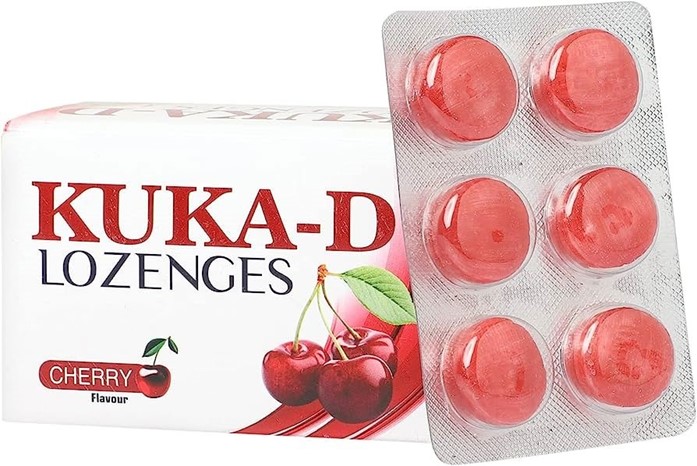The patient needs both regular insulin and NPH insulin to be administered subcutaneously. The nurse will mix both insulins in the same syringe.
What is the correct technique for preparing this insulin order?
Draw up one-half of the NPH insulin followed by one-half of the regular insulin and repeat.
Draw up one-half of the regular insulin followed by one-half of the NPH insulin and repeat.
Draw up the NPH insulin into the insulin syringe followed by the regular insulin.
Draw up the regular insulin into the insulin syringe followed by the NPH insulin.
The Correct Answer is D
The correct technique for preparing this insulin order is to follow these steps¹²:
- Perform hand hygiene and put on gloves.
- Mix NPH (cloudy) insulin by gently rotating the vial between the palms of your hands. Do not shake the vial.
- Clean the tops of both vials with alcohol swabs and let them dry.
- Draw up the amount of air equal to the dose of NPH insulin into a syringe. Inject the air into the NPH vial without touching the needle to the solution. Withdraw the needle and syringe without drawing up any insulin. This will create positive pressure in the NPH vial and make it easier to draw up later.
- Draw up the amount of air equal to the dose of regular (clear) insulin into the same syringe. Inject the air into the regular vial and invert the vial. Make sure the needle tip is below the fluid level and draw up slightly more than the dose of regular insulin. Tap the syringe gently to remove any air bubbles and push out any excess insulin to get the exact dose. Withdraw the needle and syringe from the regular vial.
- Reinsert the needle and syringe into the NPH vial without touching the needle to the solution. Invert the vial and draw up slightly more than the dose of NPH insulin. Tap the syringe gently to remove any air bubbles and push out any excess insulin to get the exact dose. Withdraw the needle and syringe from the NPH vial.
- Check that you have the correct doses of both insulins in one syringe. The total volume should be equal to the sum of both doses.
- Administer the dose within 5 to 10 minutes after drawing up because regular insulin binds to NPH and this decreases its action.

Nursing Test Bank
Naxlex Comprehensive Predictor Exams
Related Questions
Correct Answer is D
Explanation
A lozenge is a type of medication that is designed to dissolve slowly in the mouth, usually to treat sore throat, cough, or oral infections. It should not be divided or crushed for administration because it may alter its effectiveness, taste, or absorption. It should also not be swallowed whole because it may cause choking or irritation.
A capsule is a type of medication that consists of a gelatin shell enclosing a powder or liquid. It can be opened and sprinkled on soft food or mixed with water for administration unless it is an extended-release or enteric-coated capsule.
A scored tablet is a type of medication that has a groove or indentation on its surface to facilitate breaking into equal halves or quarters. It can be divided along the score line for administration unless it is an extended-release or enteric-coated tablet.
An unscored tablet is a type of medication that does not have a groove or indentation on its surface. It can be crushed or cut into smaller pieces for administration unless it is an extended-release or enteric-coated tablet.

Correct Answer is A
Explanation
To calculate the gt/min flow rate, we need to determine the total number of drops and divide it by the total time in minutes.
First, let's convert the volume from liters to milliliters:
1 L = 1000 mL
Next, we need to determine the total number of drops. This can be calculated using the drop factor and the volume of the solution:
Total drops = Volume (mL) * Drop factor
= 1000 mL * 15 gt/mL
= 15000 gt
Now, we need to calculate the flow rate in gt/min. We divide the total drops by the total time in minutes: Flow rate = Total drops / Total time (min)
= 15000 gt / 360 min
≈ 41.67 gt/min (rounded to the nearest whole number)
Therefore, the correct answer is:
a. 41.6 gt/min
Whether you are a student looking to ace your exams or a practicing nurse seeking to enhance your expertise , our nursing education contents will empower you with the confidence and competence to make a difference in the lives of patients and become a respected leader in the healthcare field.
Visit Naxlex, invest in your future and unlock endless possibilities with our unparalleled nursing education contents today
Report Wrong Answer on the Current Question
Do you disagree with the answer? If yes, what is your expected answer? Explain.
Kindly be descriptive with the issue you are facing.
